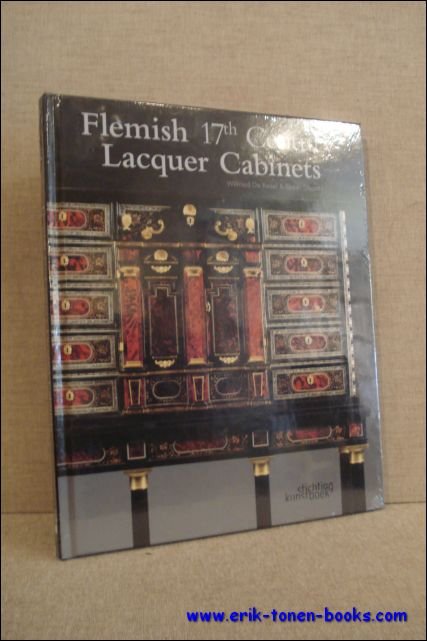Dettagli
Autore
Wilfried De Kesel, Greet Dhont
Editori
BE, Stichting Kunstboek , 2011
Soggetto
Meubelkunst, Furniture, Mobilier, Mobel
Descrizione
Hardback, 300x245mm, 96 pages, 70 colour illustrations, English edition FINE! . ISBN 9789058563736. Met bloeiende havens in Antwerpen, Brugge en Gent groeide Vlaanderen in de 17de eeuw uit tot een ware culturele hotspot en tot een belangrijke transitzone voor de import en export van decoratieve luxeartikelen. Fijn gedecoreerde pronkkisten en -kasten en andere kostbare kleinnoden in lakwerk werden eerst door de Portugezen en later door de V.O.C vanuit het Verre Oosten naar Antwerpen verscheept, toentertijd een van de belangrijkste stapelmarkten van Oostaziatische producten. Deze luxeartikelen met hun glanzende laklaag en decoratief inlegwerk spraken tot de verbeelding en al snel oversteeg de vraag het aanbod, wat de Europese ambachtslui stimuleerde om ook zelf met de techniek te experimenteren. Op deze manier ontstonden her en der, en niet in het minst in Vlaanderen, nieuwe laktradities in een herkenbare stijl en met eigen motieven. Dit boek situeert het Vlaamse lakmeubel - in de geschiedenis van de decoratieve kunsten lange tijd stiefmoederlijk behandeld - voor het eerst in haar historische context. Zijn jarenlange passie voor de lakkunst zette auteur Wilfried De Kesel aan tot het schrijven van dit waardevol cultuurhistorisch document over een bijna vergeten stukje Vlaams erfgoed. Seventeenth century Flanders was a cultural hotspot for both the fine and decorative arts. With well established ports in Bruges, Antwerp and Ghent, it became an important transit region, both for the export of local produce and the import of highly ornamental luxury products and valuables, such as lacquer boxes and ornamental lacquer cabinets imported from the Orient. These oriental high-gloss items, richly inlaid with wood and intricate mother of pearl motives, were built to stand the test of time. As the demand for these luxury items increased, Flemish craftsmen mastered the skills and techniques and created their own lacquer tradition. They didn't merely imitate Oriental lacquer decoration, but designed a peculiarly Flemish lacquer style that has long been overlooked in art history, outshined by the English and French lacquer art from the Chinoiserie era. Many years of interest in lacquer art encouraged author Wilfried De Kesel to investigate the subject. This is the first comprehensive book on 17th century Flemish lacquers and an in-depth study to help preserve the skill and the survival of this part of Flemish cultural heritage.


Scopri come utilizzare
Scopri come utilizzare

